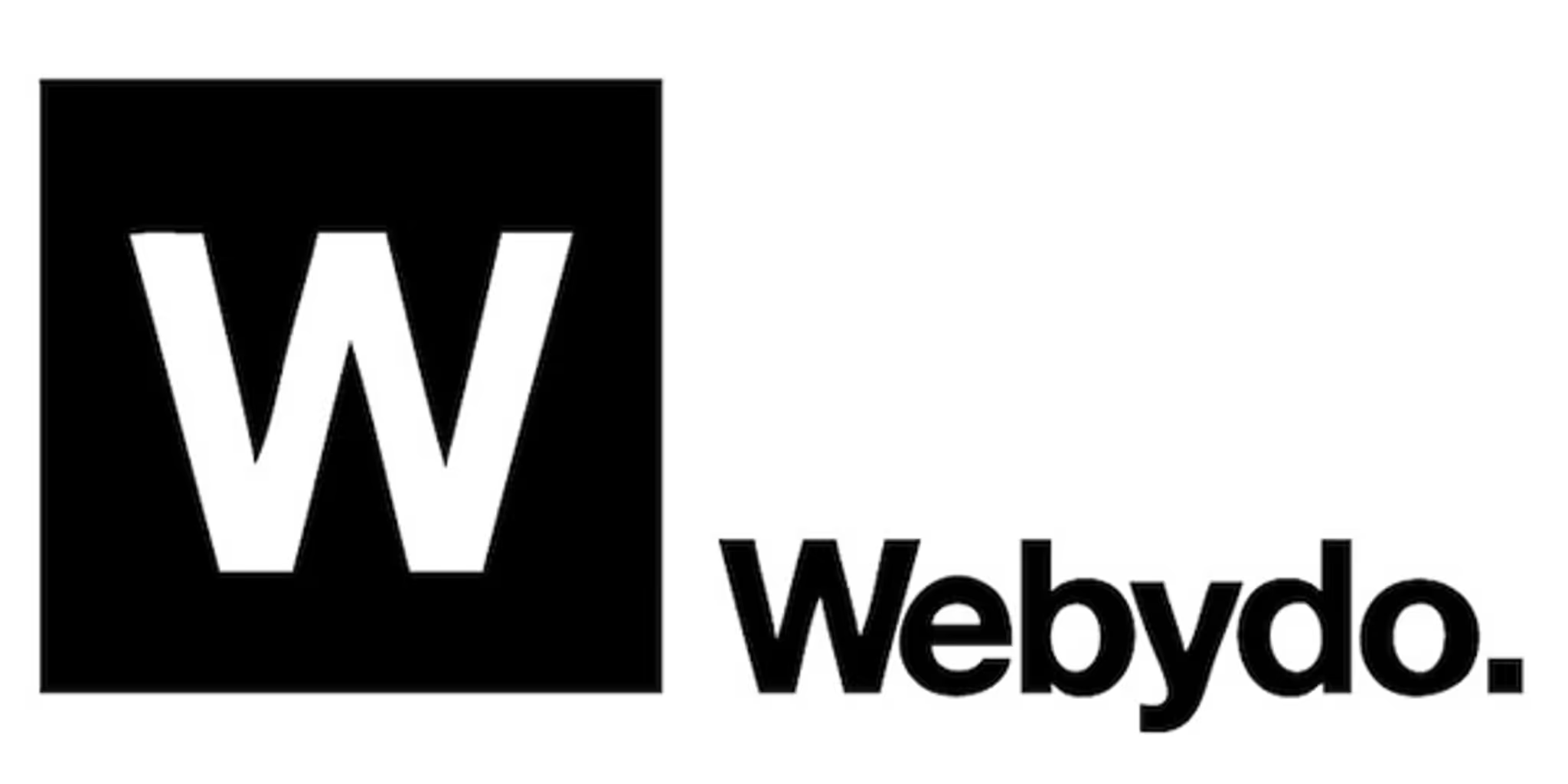In the world of website building, no-code platforms have democratized web design by enabling creatives to build stunning, functional websites without writing a single line of code. Two major contenders in this space are Webydo and Webflow. Both platforms cater to designers and agencies aiming to create responsive, pixel-perfect websites, yet they offer different approaches, features, and user experiences.
So, which one reigns supreme? Let’s delve into a detailed comparison of Webydo vs. Webflow across several key areas.
1. Ease of Use and User Interface
Webydo presents a user-friendly interface that mirrors popular graphic design tools like Photoshop. It allows designers to visually manipulate every element on the canvas without delving into HTML or CSS. Its WYSIWYG (What You See Is What You Get) editor makes it ideal for visual designers who want control without complexity.
Webflow, while also visual, leans more toward a developer-designer hybrid audience. Its interface includes a style panel, element tree, and interaction settings that resemble code structure. It has a steeper learning curve but rewards users with deeper control and customization once mastered.
Verdict: Webydo wins for beginners and graphic designers; Webflow wins for those comfortable with development concepts.
Both platforms offer responsive design tools that allow users to adjust content for different screen sizes.
Webydo allows users to set breakpoints and reposition elements for desktops, tablets, and mobile views. It uses drag-and-drop functionality and pixel-level precision, making it easy to translate design vision into web reality.
Webflow takes responsiveness a step further with cascading styles and device-specific previews. It provides more granular control over layouts and styling, supported by custom CSS and flexbox options. Webflow’s visual interface reflects how code is structured, which allows for more scalable and clean designs.
Verdict: Webflow edges out Webydo for advanced designers who need flexibility and code-level precision.
Content management is critical for designers building sites for clients who want to update their own content.
Webydo includes a built-in CMS that separates design from content. Clients can log in through a dedicated CMS interface to make changes without affecting the layout.
Webflow offers a powerful CMS that supports dynamic content, collections, and complex filtering. It allows for advanced structures like blogs, portfolios, and product databases with ease. It also supports API access for further automation.
Verdict: Webflow provides a more robust CMS experience, especially for content-rich or dynamic websites.
Also read: Boost Your Website’s Visibility with Plesk SEO Toolkit
4. E-Commerce Capabilities
Webydo supports e-commerce through integrations like Ecwid, allowing users to embed online stores and handle payments. However, its native support and store management tools are somewhat limited.
Webflow offers native e-commerce functionality, allowing users to design product pages, manage inventory, handle checkout experiences, and customize transactional emails—all within the same platform. It supports Stripe, PayPal, and even offers logic-based automations.
Verdict: Webflow is the clear winner for e-commerce, providing an all-in-one native solution.
5. SEO and Performance
Webydo includes basic SEO tools like meta tags, alt text, and page descriptions. It allows for integration with Google Analytics and SEO plugins, but its performance optimization features are limited.
Webflow excels in SEO capabilities. It provides fine-grained control over page structure, custom URL slugs, automatic sitemaps, and fast page loads. It generates clean HTML/CSS code, contributing to better performance scores on Google.
Verdict: Webflow dominates in SEO and performance optimization.
6. Collaboration and Client Handoff
Webydo offers white-label solutions and a dedicated client CMS, making it attractive to design agencies. The ability to brand the platform under your own agency’s name is a valuable feature.
Webflow also supports team collaboration, client billing, and content editing roles. While it doesn’t have full white-labeling like Webydo, its “Editor” mode offers a streamlined experience for clients.
Verdict: Webydo wins for agency branding and white-label options; Webflow wins for flexible team collaboration.
7. Pricing
Webydo pricing starts with a free trial and scales based on features and hosting requirements. Its plans are generally tailored for agencies and include client management tools.
Webflow offers a free plan for testing, then splits pricing into Site Plans and Workspace Plans, depending on hosting and collaboration needs. Its pricing is transparent and scalable.
Verdict: Webflow offers more modular and budget-friendly options, especially for solo designers and small teams.
Conclusion: Which One Should You Choose?
Choosing between Webydo and Webflow depends on your goals, team structure, and design preferences:
- Choose Webydo if you’re a traditional graphic designer looking for a Photoshop-like interface, need white-labeling, and want simplicity in client handoff.
- Choose Webflow if you want deeper design flexibility, advanced CMS and SEO tools, e-commerce capabilities, and a more scalable infrastructure.
In 2025, Webflow emerges as the more versatile and powerful platform for designers who are willing to embrace a learning curve for long-term gains. Webydo, while more limited, remains a solid choice for agencies needing quick, visually polished sites without coding.



